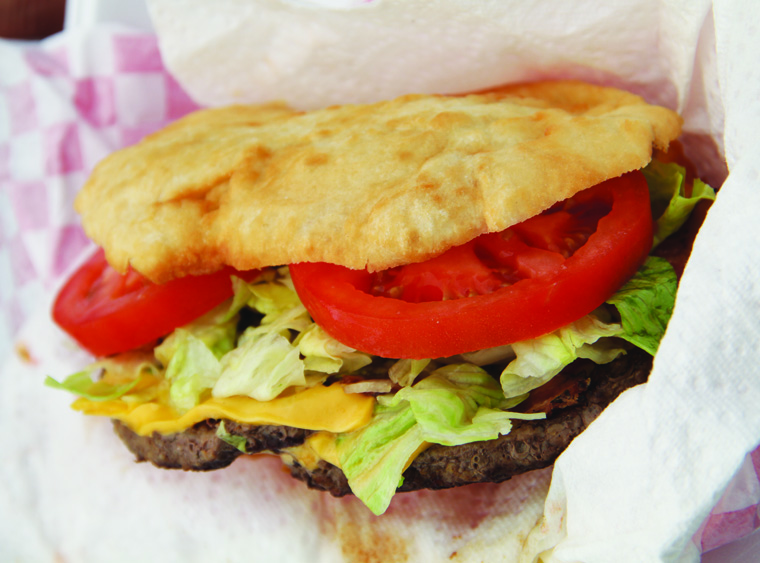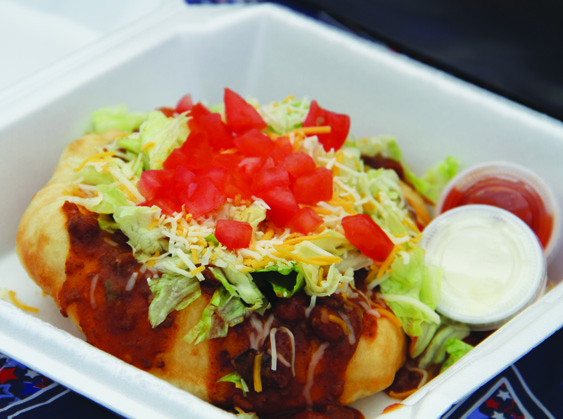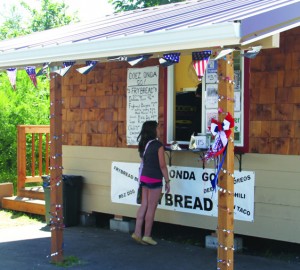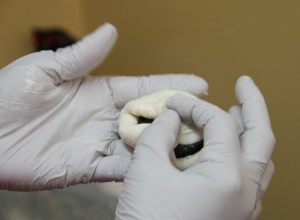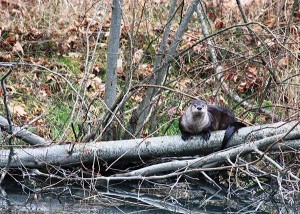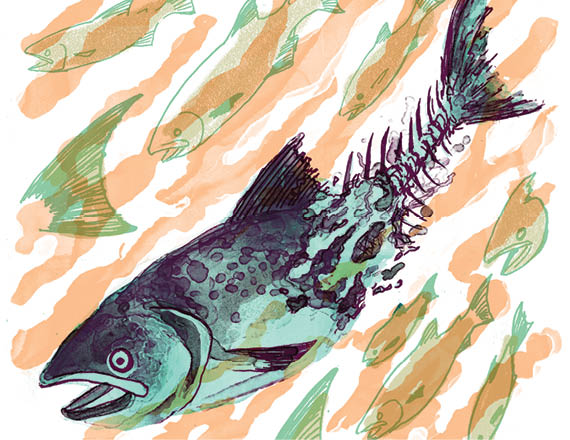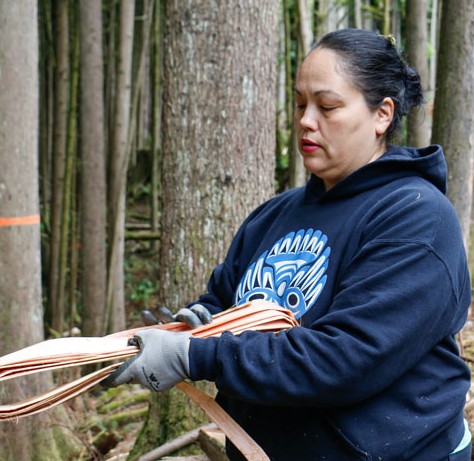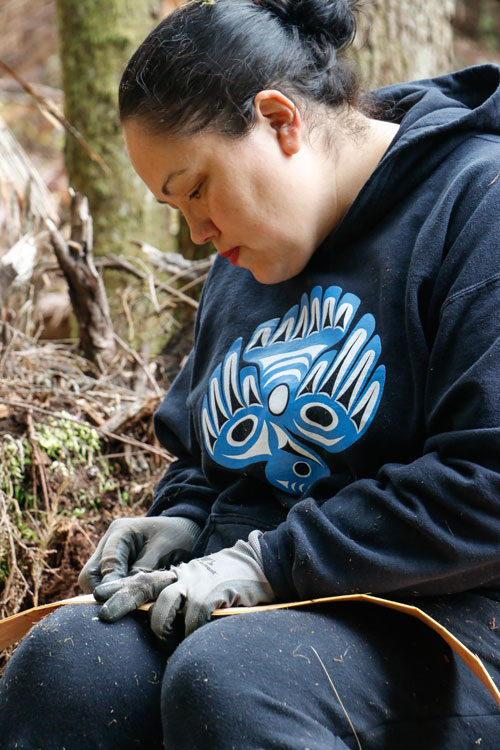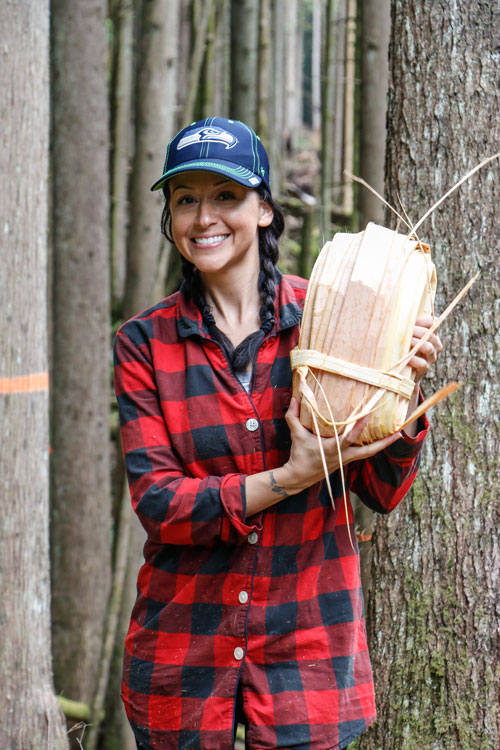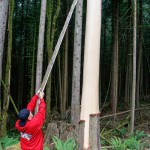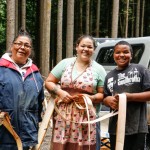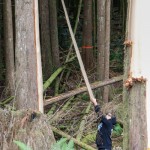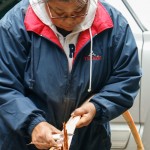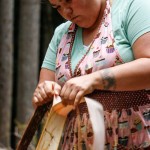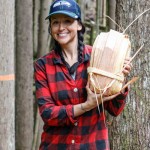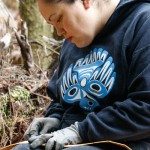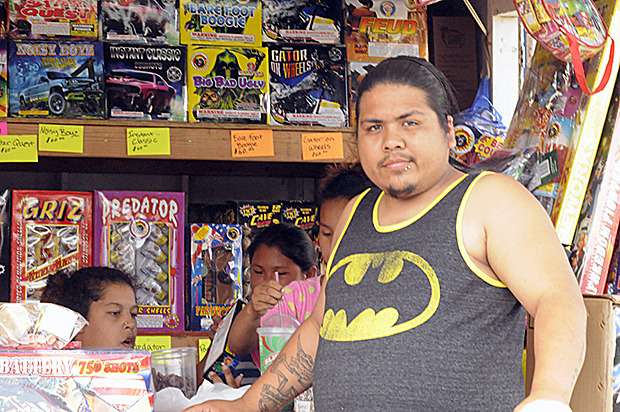Source: Northwest Intertribal Court System
The Northwest Intertribal Court System (NICS) today launched a powerful online database providing attorneys and the public free access to hundreds of tribal court appellate opinions from thirty Indian tribes in the Pacific Northwest, Alaska, and Northern California.
The new NICS platform features a “Boolean” search engine, hyperlinked subject matter and tribal indexes, U.S.-based technical support, and a mobile application. Until now, the opinions have been available only in print or on CD.
Other legal databases, like Westlaw and LexisNexis, charge a substantial fee for similar services. NICS can provide its database for free, in part because of grants from the charitable funds of the Tulalip, Muckleshoot, and Shoalwater Bay Indian Tribes, and ongoing support from NICS’ other member tribes.
“Publishing these appellate court opinions online with a powerful search engine and making it available for free puts NICS and the many tribes participating in this project on the cutting edge of using technology to promote access to justice,” said Michael Rossotto, the NICS Appellate Department Director. “While federal, state and many tribal courts publish their decisions online, we are not aware of any other court system, federal, state or tribal, that offers online access to its decisions with all of the features we are offering free of charge,” said Rossotto.
Formed in 1979, the Northwest Intertribal Court System (NICS) is a consortium of Indian tribes that have joined their resources to ensure that each tribe is able to have its own court by sharing judges, prosecutors, and court-related services. The database represents a new and important chapter in the development of tribal justice systems and demonstrates NICS’ dedication to its member tribes.
The new NICS database will support its member courts by increasing efficiency, promoting access, bolstering tribal court credibility, and demonstrating the inherent sovereignty of the tribal governments, tribal officials said.
“Published appellate decisions are a testimony of tribal sovereignty and our inherent right to govern our affairs according to Shoalwater Bay Tribal laws and customs,” said Lynn Clark, Court Administrator for the Shoalwater Bay Tribe. “It promotes the Tribal Court’s professional credibility and shares appellate judgments and precedents in tribal laws.”
Pro se litigants will especially benefit from the new system. For the first time, tribal members who represent themselves in the tribal courts administered by NICS can tap into the collective wisdom of hundreds of tribal court jurists with a free and easy-to-use online database. Legal scholars, judges, and tribal law practitioners throughout the U.S. will also benefit from being able to access and research this rich resource, which now spans over 27 years of court decisions and will be continually updated as new opinions are issued by NICS-administered courts.
“Making our Court of Appeals’ opinions available online will better enable our tribal members to represent themselves,” said Muckleshoot Tribal Council Chair Virginia Cross. “It should also reduce costs for those who are able to afford a spokesperson or attorney, and will reduce the overall cost of administering our justice system by making legal research quicker, easier and more effective.”
“The Tulalip Tribes have for many years published the opinions of our Court of Appeals with NICS, the Indian Law Reporter, and Westlaw. Making these opinions available and researchable for free through the NICS website is yet another example of Tulalip’s exercise of its sovereign authority and its leadership in implementing the federal Tribal Law and Order Act and Violence Against Women Act,” added Herman Williams, Chairman of the Tulalip Tribes.
NICS’ tribal court appellate opinions, previously compiled in books known as “appellate reporters,” are published online by Code Publishing Company, Inc., of Seattle, Washington. NICS is also taking pre-orders for a library-quality bound reprint edition of the entire series of reporters. To access the NICS Tribal Court Appellate Opinions database, view a list of the participating tribes, or order the library-quality print edition, visit NICS on the web at: www.nics.ws.
About the Northwest Intertribal Court System
NICS’ mission is to assist its member tribes, at their direction, in a manner that recognizes the sovereignty, individual character, and traditions of those tribes in the development of tribal courts that provide fair, equitable, and uniform justice for all who come within their jurisdiction. NICS promotes tribal sovereignty through the administration of professional, efficient and unbiased courts that provide a forum for the peaceful and fair resolution of disputes. NICS was formed in the late 1970s in direct response to the requirement of the “Boldt decision” that a tribe needed to have a comprehensive scheme for enforcing its fishing regulations before the federal court would give final authorization for a tribe to regulate its own fisheries free from interference by the State of Washington. As the federal government returned to a policy of promoting tribal self-governance during this period and tribal governments began to reassert their sovereignty and pass tribal ordinances in many areas besides fishing, NICS-administered tribal courts quickly grew from hearing fishing disputes to being courts with broad jurisdiction under the laws of their tribes. In 2002, NICS was recognized by Harvard University as one of the top 100 programs in its annual Innovations in American Government Awards competition. Many of the original NICS member tribes now administer their own courts, while NICS now provides services to numerous non-member tribes on a fee-for-service basis. NICS’ current member tribes include the Chehalis, Muckleshoot, Port Gamble S’Klallam, Sauk-Suiattle, Shoalwater Bay, and Tulalip Tribes. For more information, visit www.nics.ws.
About the Tulalip Tribes
The Tulalip Tribes are the successors in interest to the Snohomish, Snoqualmie, Skykomish and other tribes and bands signatory to the 1855 Treaty of Point Elliott. The 22,000-acre Tulalip Indian Reservation is located north of Seattle in Snohomish County, Washington. Tribal government provides membership with health and dental clinics, family and senior housing, human services, utilities, police and courts, childcare, and higher education assistance. The Tribe maintains extensive environmental preservation and restoration programs to protect the Snohomish region’s rich natural resources, which includes marine waters, tidelands, fresh water rivers and lakes, wetlands and forests both on and off the reservation. Developable land and an economic development zone along the I-5 corridor provide revenue for tribal services. This economic development is managed through Quil Ceda Village, the first tribally chartered city in the United States, providing significant contributions and benefits tribal members and the surrounding communities. The Tribes have approximately 4,400 members. For more information, visit www.tulaliptribes-nsn.gov.
About the Muckleshoot Tribe
The Muckleshoot Indian Tribe is a federally recognized Indian tribe whose membership is composed of descendants of the Duwamish and Upper Puyallup people who inhabited Central Puget Sound for thousands of years before non-Indian settlement. The Tribe’s name is derived from the native name for the prairie on which the Muckleshoot Reservation was established. Following the Reservation’s establishment in 1857, the Tribe and its members came to be known as Muckleshoot, rather than by the historic tribal names of their Duwamish and Upper Puyallup ancestors. Today, the United States recognizes the Muckleshoot Tribe as a tribal successor to the Duwamish and Upper Puyallup bands from which the Tribe’s membership descends. For more information, visit the Muckleshoot Tribe at www.muckleshoot.nsn.us/.
About the Shoalwater Bay Tribe
The mission of the Shoalwater Bay Tribe is to become self-sufficient and provide for the spiritual, social, economic and physical health of tribal members, while honoring traditions of the past and leaving a responsible legacy for future generations. The Shoalwater Bay Indian Reservation is located on the shores of Willapa Bay in southwestern Washington at the southern end of the Tribe’s ancestral homeland. The Tribe draws its membership from the Lower Chehalis, Shoalwater Bay, and Chinookan peoples. A small but strong tribe, the Shoalwater Bay Tribe is deeply connected to its history, and works hard to preserve its language and culture. Meanwhile, the Tribe also strives to grow its reservation economy, which includes the Shoalwater Bay Casino, a tribally chartered construction firm called Willapa Bay Construction, LLC, and a number of other tribal enterprises. The Tribe is especially dedicated to improving the health and lifestyles of its members while also increasing awareness of Shoalwater Bay Tribe culture and expanding the Tribe’s influence. For more information, visit
www.shoalwaterbay-nsn.gov/.
About Code Publishing Company
Code Publishing Company (CPC) is an innovative, full-service publishing company. CPC offers codification and electronic publishing services to help its customers keep pace with the information age. CPC uses the latest technology to provide customers with high quality print publications along with an electronic version of all documents published. CPC provides print on-demand services, Internet/Intranet access services, and technical and legal editing services and data conversion to a variety of organizations and Indian tribes. Visit CPC on the web at www.codepublishing.com.
